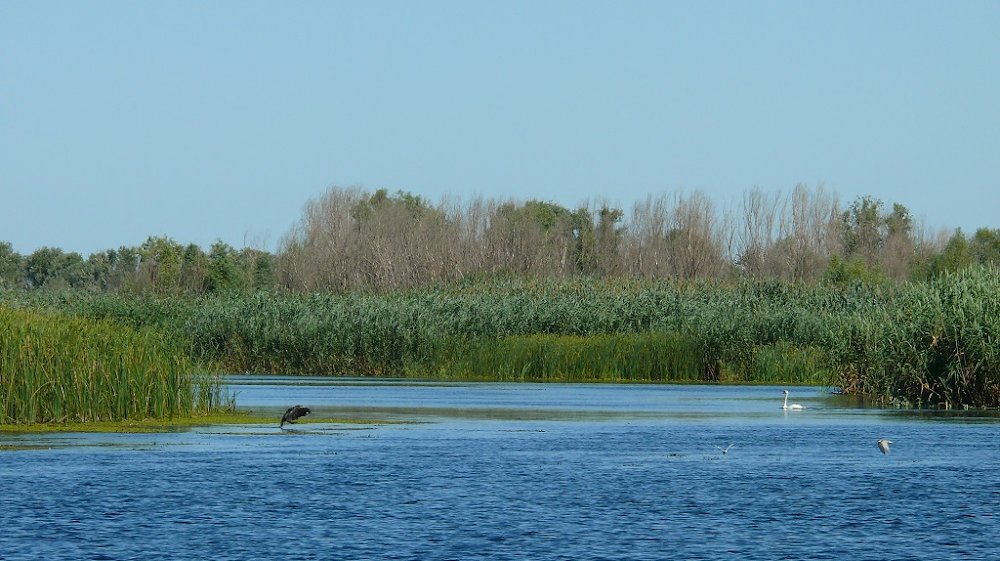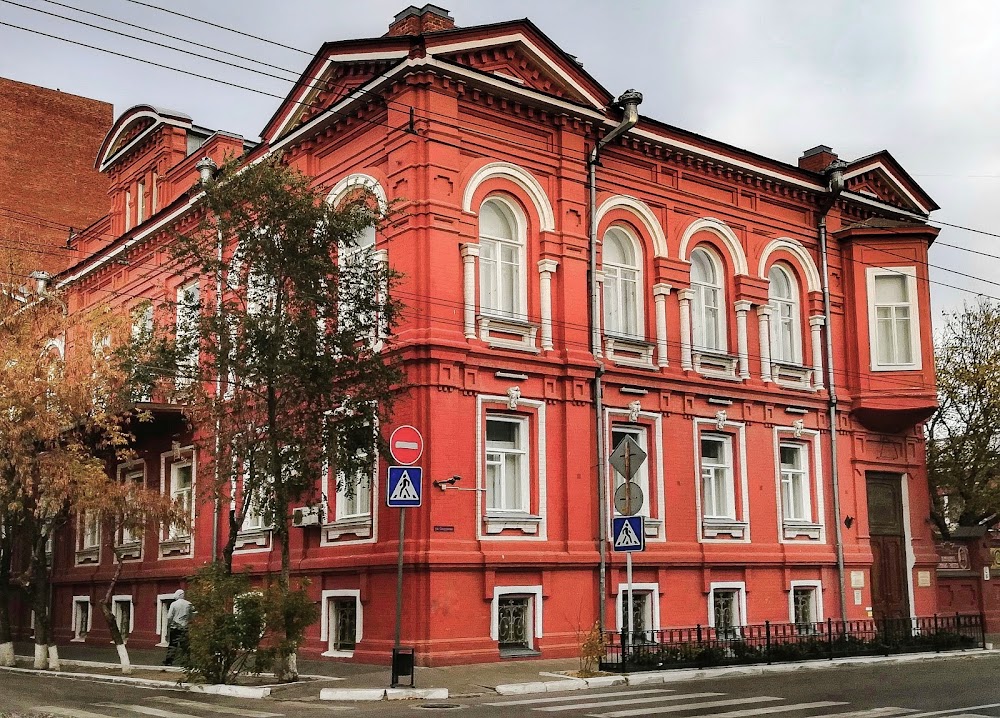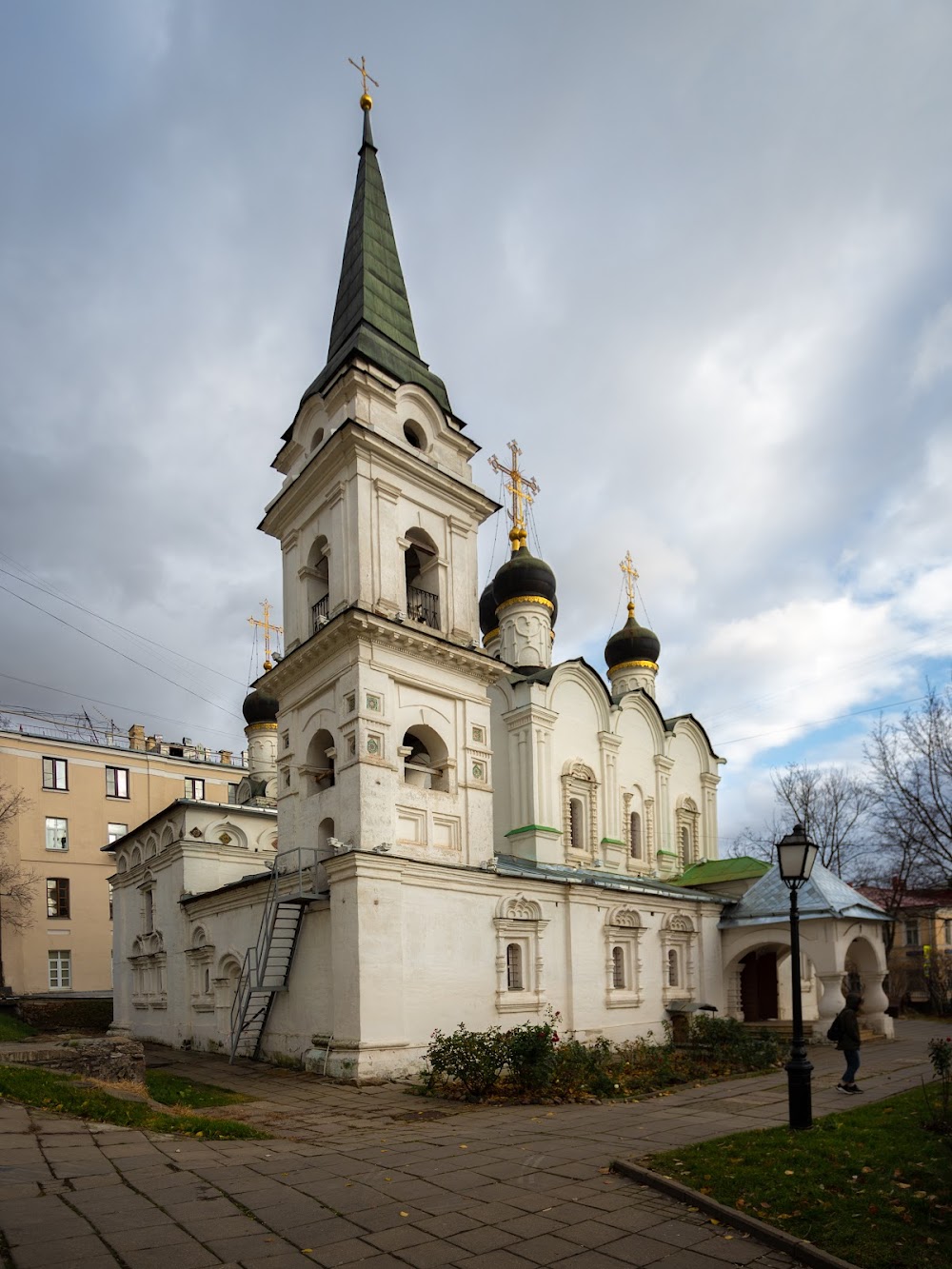Astrakhan Nature Reserve (Астраханский заповедник)
Overview
**Astrakhanskiy Gosudarstvennyy Prirodnyy Zapovednik: A Jewel of Biodiversity in Russia**
Nestled in the picturesque Astrakhan Oblast, the **Astrakhan Nature Reserve** is a stunning showcase of biodiversity and ecological richness. Established in 1919, this reserve is one of Russia's earliest protected areas, renowned for its captivating landscapes and significant ecological contributions.
The creation of the Astrakhan Nature Reserve stemmed from an urgent need to protect the unique ecosystems of the **Volga River delta**. This intricate network of waterways, islands, and wetlands was under threat from human activities such as fishing and agriculture. In response, Russian scientists and conservationists advocated for a protected zone, ensuring that the area’s diverse flora and fauna could thrive without disturbance.
In its early days, the reserve focused on building essential infrastructure to support conservation efforts. Rangers' huts, research stations, and observation posts were established to facilitate wildlife monitoring and protection. A dedicated team of biologists, ecologists, and specialists began extensive fieldwork to catalogue the rich diversity of species inhabiting this unique ecosystem.
Covering approximately **67,917 hectares**, the reserve boasts a landscape characterized by lush reed beds, vibrant willow groves, and an abundance of water bodies. These diverse habitats provide refuge for an extraordinary variety of wildlife. Among its most notable residents is the **Dalmatian pelican**, a large and elegant bird that has found a safe breeding ground in the delta. The reserve is also home to numerous other bird species, including herons, ibises, and ducks, making it a true avian paradise, especially during migration seasons.
The aquatic life within the reserve is equally impressive, featuring a wide range of fish species, including the prized **Caspian sturgeon**. The Volga delta serves as a critical spawning ground for these sturgeons, which are highly sought after for their caviar. The protection offered by the reserve plays a vital role in sustaining their populations, ensuring the continuation of this important species.
Flora within the Astrakhan Nature Reserve is a fascinating blend of steppe vegetation, semi-desert plants, and lush aquatic flora. This combination of ecosystems fosters a dynamic environment essential for the survival of many species. Over the years, conservation efforts have evolved, incorporating modern techniques and practices to enhance preservation strategies and infrastructure.
At the heart of the reserve’s operations are **research and education**. Ongoing studies aim to unravel the intricate ecological relationships within this habitat, while collaborations with international conservation organizations facilitate the exchange of knowledge and methodologies. These partnerships strengthen the global effort toward environmental preservation.
In addition to scientific research, the Astrakhan Nature Reserve prioritizes raising public awareness about the importance of conservation. Through educational programs, guided tours, and exhibitions, visitors learn about the ecological significance of the area and the urgent need for protection. These initiatives inspire a new generation of conservationists and cultivate a deep respect for nature among the public.
Throughout its history, the Astrakhan Nature Reserve has encountered challenges such as poaching, climate change, and nearby development pressures. Nevertheless, thanks to the dedication of its staff and the support of national and international conservation communities, the reserve has continually adapted and reinforced its protective measures.
Today, the **Astrakhan Nature Reserve** stands as a remarkable testament to Russia’s commitment to conservation. It serves as a sanctuary for countless species, preserving a vital piece of natural heritage while playing a crucial role in ecological research, environmental education, and the global conservation movement.







